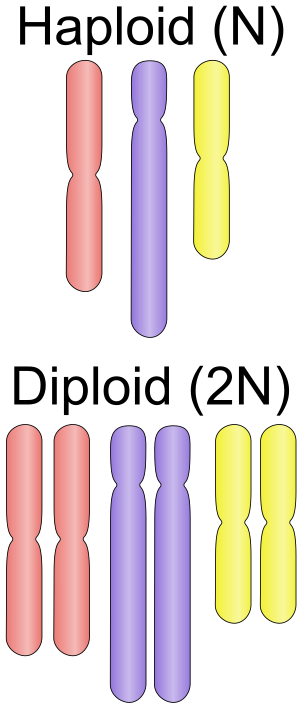Each cell in the body should have 46 chromosomes including the cells in a developing embryo. 23 chromosomes are present in a chromosomally normal egg and the normal sperm brings 23 additional chromosomes to make 46 in total. In cases of poor sperm or poor egg quality, number of chromosomes in each cell of the embryo can be other than 46 and such embryos are defined as poor quality or chromosomally abnormal (aneuploidic). In the case of a chromosomally normal egg fertilized by a chromosomally abnormal sperm, the embryo eventually becomes abnormal because one does not compensate for the other and this is true the other way round. Additionally, in some embryos, one of the cells can be abnormal, but the majority can be normal or vice versa, which is called mosaicism. The fate of such embryos depends on the chromosome make up of the majority of the cells.
The process of egg growth occurs under the influence of FSH for approximately 10-12 days and thereupon enter a 30-50 hour maturation phase under the under the influence of the LH hormone or hCG administration (used to trigger ovulation in treatment cycles). In the process of maturation, 46 chromosomes in the egg divide into 2 exact halves of 23 chromosomes each. One half of chromosome number (n) is extruded to the outside of the egg substance as a polar body. While the remaining half of the chromosome number is retained within the egg, in which form it is ovulated or extracted. The microscopic detection of an extruded polar body defines the egg as an M2 and thus mature. The absence of such extrusion of the polar body resulting in the egg having 46 chromosomes, defines that egg as being an M1 or immature.

English: Illustration of the chromosomal organisation of haploid and diploid organisms. (Photo credit: Wikipedia)
Imperfection is part of the human condition. Thus, a percentage of human eggs (regardless of age) will always develop abnormally. Once exposed to the LH hormone (LH surge) or the hCG-trigger, such eggs will have an abnormal number of chromosomes. Dysmorphic eggs and any resulting embryos will thus have an abnormal number of chromosomes (aneuploidy). In fact, in some cases failure of the chromosomes in the egg to divide at all results in abnormal fertilization. The resulting embryo will have 3 nuclear components (3 X n), i.e. triploidy.
Egg dysmorphism and thus egg/embryo aneuploidy increases with age. At age 30, about 30% of eggs may be aneuploidic, at 40 approximately 50% and at 45 close to 90%. Fortunately, aneuploidic embryos fail to implant or miscarry early in pregnancy. Developmental defects such as Down’s syndrome (Trisomy 21) sometimes occur depending upon which chromosome(s) is/are involved.
It is not possible to make new eggs with the current understanding of ovarian physiology (although this has been challenged by some investigators recently), but stimulation of the ovaries with FSH can result in multiple egg maturation to increase the odds, because each egg has a chance of being chromosomally normal (euploid). Genetic tests called PGD or CGH can identify aneuploidy in eggs or embryos, although they are diagnostic tests and do not correct the problem.











